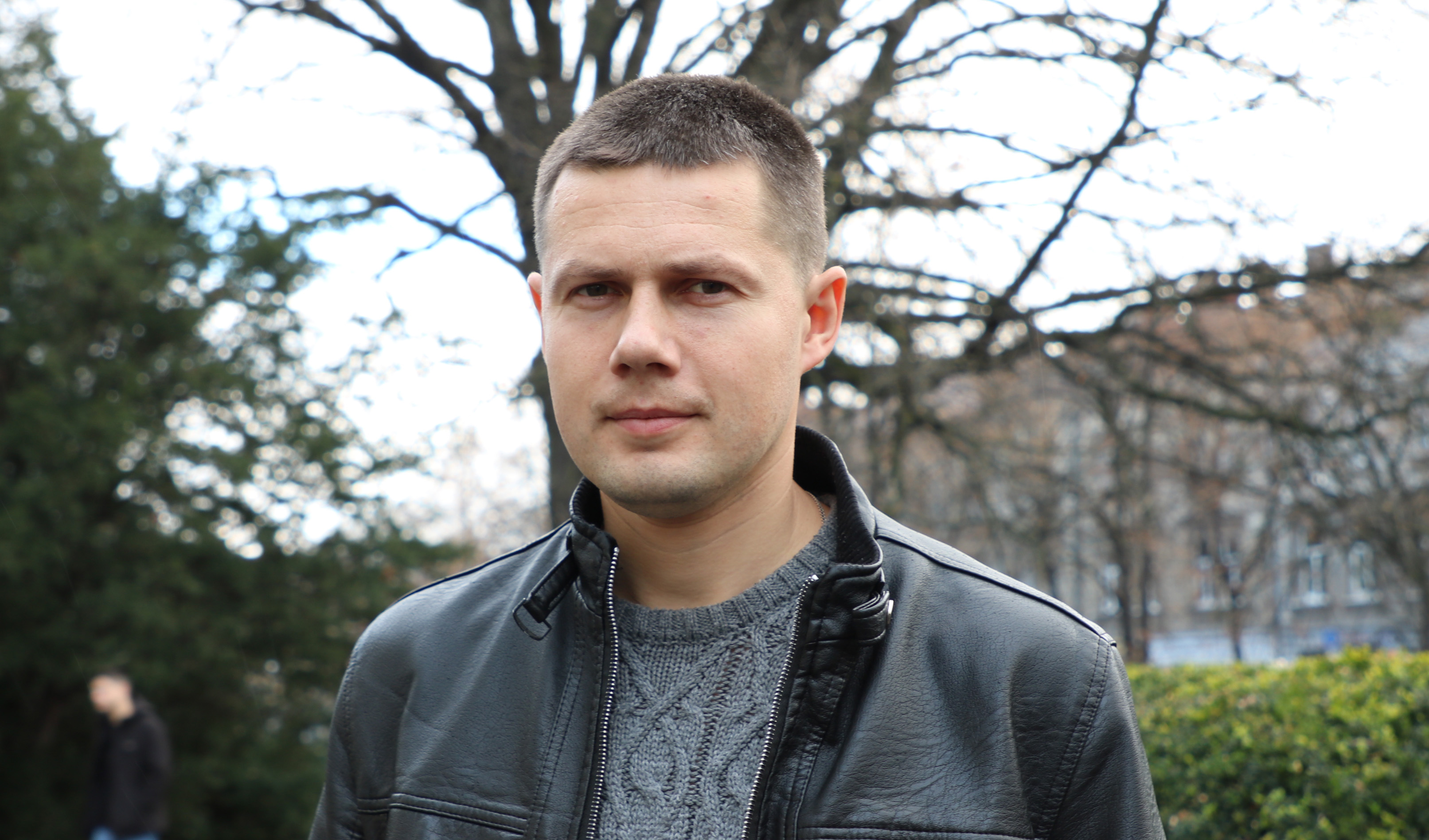You do not have to be a power engineer to work on the implementation of solar energy in our everyday life. Other specialists, mathematicians, for example, can also work in there sphere.
My interlocutor – Assistant at the Department of Applied Mathematics Petro Topylko has been studying this topic. Recently, he has won the Austrian OeAD scholarship for the implementation of his project «Mathematical simulation and spatial analysis of solar energy potential».
Petro Topylko will be implementing his project during February-April 2019 at International Institute for Applied Systems Analysis in Laxenburg, Austria. He hopes to conduct research there, to gain practical experience in the implementation of relevant topic and, most likely, to pave the way for other projects.
– How is developing the subject of your research in Ukraine today?
– Quite well. Speaking about Lviv region, there are already several solar power plants in the region. And the state contributes to this, as today there is a feed-in tariff (the so-called «green tariff») – that is, the government gives some preferences for the development of renewable energy and the construction of solar power plants. Solar power has many advantages – it’s enough to invest once and then only continue to support, and this will be cost-effective. In addition, the sun is a free energy source.
– What is the essence of your research in Austria?
– I will be studying the spatial distribution of the potential of solar energy, taking into account weather conditions and geographic location.
– Is this topic relevant for practical life?
– Everyone wants to live in a clean environment. We, scientists, must look for ways to prevent ecological degradation, get rid of its causes, and contribute to positive changes. Solar energy is environmentally friendly and mathematical approaches can help to implement it more actively.
